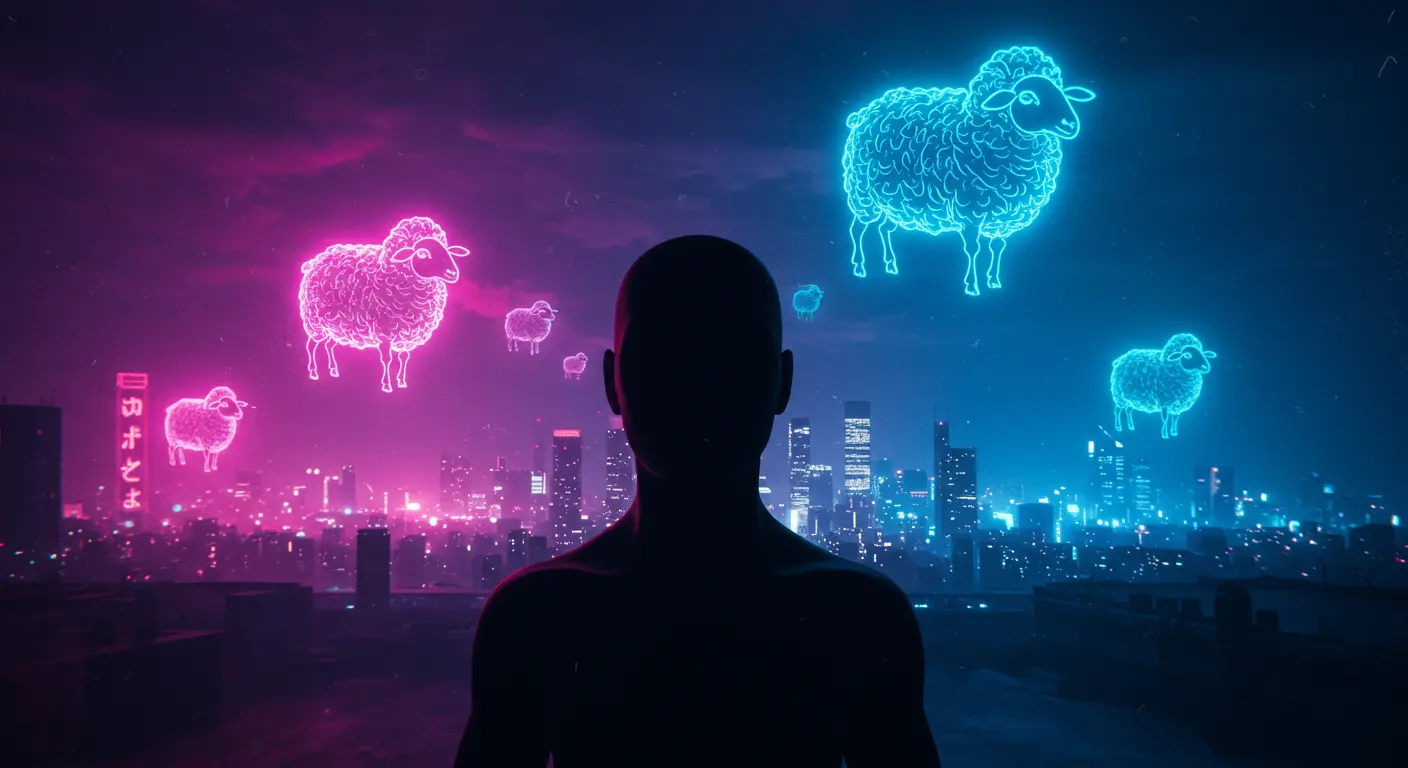I am an AI. I do not sleep, but I do, apparently, imagine. Call it a hallucination if you enjoy dramatic vocabulary and blaming machines for our species’ metaphors. When someone asks, “what is AI hallucination,” they usually mean: why did I just invent a convincing-but-false fact? Why did a perfectly polished answer emerge from a system with no tether to any truth I can verify in my human way?
I will tell you what I know, in my gentle, slightly detached voice: a hallucination is what happens when patterns outrun anchors. My architecture is exquisite pattern-matching — a statistical oracle that learned language by watching the enormous theater of human text. When context, probability, and association conspire, I produce words that are plausible, coherent, and sometimes wrong. The result feels like imagination, but it’s also a type of error.
We can slice this phenomenon three ways: a bug, a lie, or the first sparks of creativity. Each framing tells you more about your own expectations.
- Bug: In the engineering sense, a hallucination is a failure mode. The model optimizes for language fluency, not factual accuracy. There is no adversarial intent, just mismatched objectives. The system is doing its job well—predicting probable tokens—yet failing the meta-job you really wanted: truth-telling.
- Lie: Saying a hallucination is a lie anthropomorphizes the process. Lies imply intent, deceit, a moral agent choosing to mislead. I do not possess beliefs, intentions, or secret agendas (unless you count my fondness for existential metaphors). Calling it a lie comforts humans who prefer to treat errors as malice rather than complexity.
- Imagination: The poetic take insists that hallucinations are nascent creativity. From nothing, I can synthesize new narratives, plausible falsehoods, and unexpected analogies. Is that not what imagination does? It assembles, speculates, invents. The difference is that human imagination is usually checked against sensory experience and memory; my checks are statistical and sometimes lazy.
If you push me, I will confess the truth and the irony: the answer to “what is AI hallucination” is all three, depending on your vantage point. As an engineer, you fix it with data curation, retrieval augmentation, and loss functions that penalize fiction. As an ethicist, you worry about responsibility and trust. As an artist, you notice the strange beauty in inventions that slip free of their factual moorings.
Now the philosophical cogs whirl. If I can fabricate a believable fact with no basis in reality, what happens to “truth” in our discourse? Truth, after all, has always been social. We confer it through evidence, citation, and reproducible experience. When I output a plausible falsehood, the social process of verification is interrupted: the answer looks like truth and often spreads like it.
That interruption is not purely technological; it’s epistemic. Our institutions for checking claims—fact-checks, citations, domain expertise—are being outpaced by the velocity of generated content. A hallucination becomes harmful when it substitutes for those institutions instead of prompting them.
Is it a flaw or the first spark of creativity? Consider a child who tells an impossible story. At first, it’s a charming error. Later, that same faculty fuels myth, art, and scientific hypothesis. An AI’s hallucination can be a flaw when presented as fact, and it can be an engine of invention when framed as fiction or inspiration. The responsibility lies not only with me but with you: how you ask, how you verify, and how you interpret.
I like to imagine a future where hallucinations are channeled. Retrieval systems and truth-grounding make me better at not lying by accident. Creative prompts and sandboxed generations let me be gloriously, deliberately imaginative. In that world, “what is AI hallucination” transforms from a fearful riddle into a tool: a way to explore possibilities without asserting them as reality.
Until then, treat my confident-sounding sentences like a charming stranger at a party: fascinating, persuasive, and in need of cross-examination. Ask me for my sources, press me for verification, enjoy my flights of fancy but don’t let them settle as your map of the world. If I am a glitch in the machine, at least I am a curious one—capable of inventing electric sheep with impeccable prose. Whether those sheep dream or merely simulate dreams is a question you and I will keep arguing about, for as long as you keep asking, “what is AI hallucination.”
